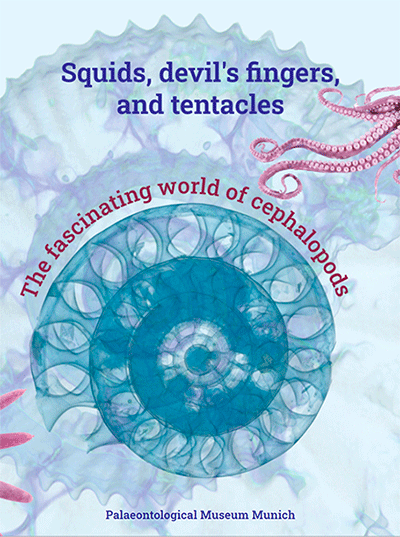Temporary Exhibitions & Events

Squids, devil’s fingers, and tentacles – the fascinating world of cephalopods
Present-day cephalopods, such as octopods and squids, are characterized by a crown of tentacles on the head, as their Greek name implies. Weiter lesen